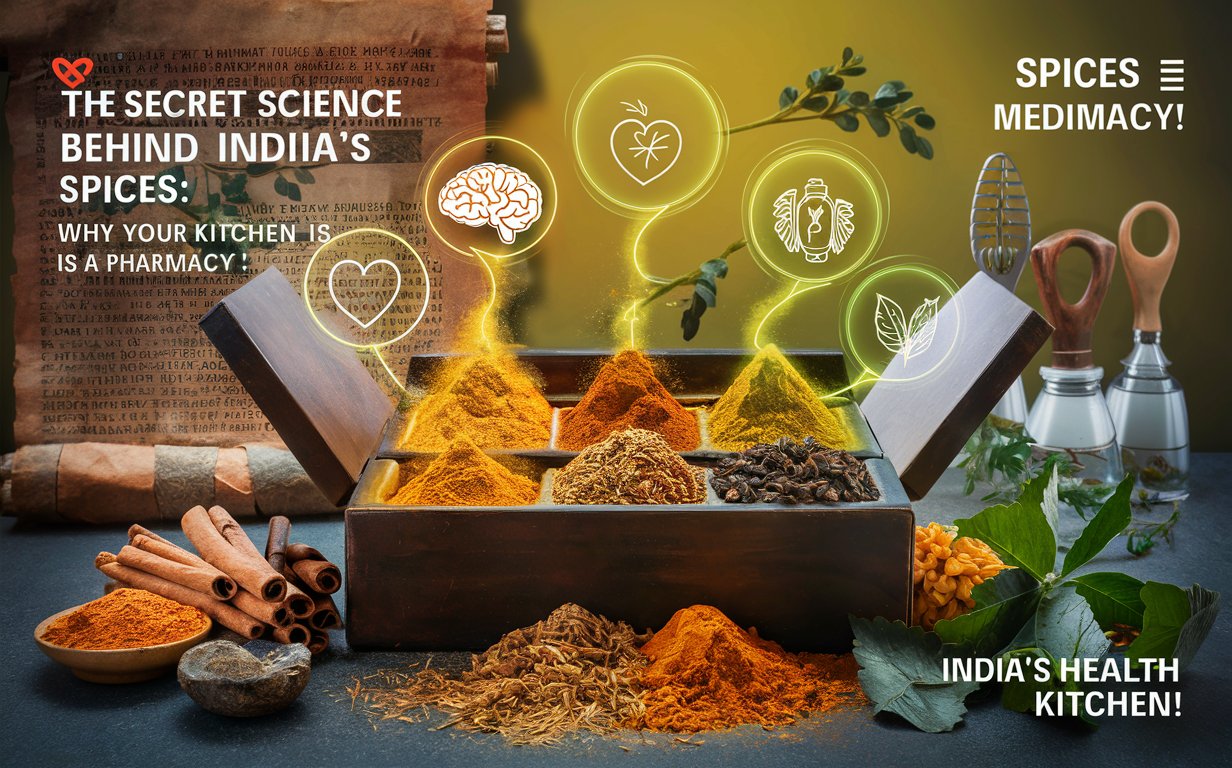Make Modak At Home In Easy Way | Modak Recipe
Ingredients
Modak, a beloved Maharashtrian delicacy, is a delightful dumpling-like sweet treat made with a unique blend of ingredients. To craft these delectable morsels, you'll need the following:
For the Outer Covering
- Cooked rice flour or all-purpose flour
- Water
- Pinch of salt
For the Filling
- Fresh grated coconut
- Jaggery or brown sugar
- Cardamom powder
- Cinnamon powder (optional)

Instructions
Making modak is a straightforward process that can be mastered with a little practice. Follow these steps to create your own homemade modak:
Preparing the Dough
- In a mixing bowl, combine the cooked rice flour (or all-purpose flour) with a pinch of salt.
- Gradually incorporate water into the mixture and knead it until a smooth, pliable dough forms.
- Cover the dough and let it sit undisturbed for 15-20 minutes.
Preparing the Filling
- In a separate bowl, mix the freshly grated coconut, jaggery or brown sugar, cardamom powder, and cinnamon powder (if using).
- Combine the ingredients well until the jaggery or sugar has melted and the mixture is well-incorporated.
Assembling the Modak
- Divide the dough into lemon-sized balls.
- Using your fingers, gently flatten each ball into a round circle.
- Place a spoonful of the coconut-jaggery filling in the center of the circle.
- Gather the edges of the dough and pinch them together to form a crescent or half-moon shape, sealing the filling inside.
- Gently press the modak to ensure a tight seal.
Cooking the Modak
- Heat a large pot of water until it boils vigorously.
- Carefully place the prepared modak into the boiling water, ensuring they don't touch each other.
- Cook for 8-10 minutes, or until the modak floats to the surface.
- Drain the cooked modak and let them cool slightly before serving.
Information:
Modak, particularly the Ukadiche Modak, is deeply rooted in Indian mythology and cultural traditions. This sweet dumpling holds a special significance, especially during the festival of Ganesh Chaturthi, where it is believed to be Lord Ganesha's favorite offering.
Ancient Origins:
Modak finds mention in ancient Hindu scriptures and mythology, where it is described as a symbol of wisdom, prosperity, and good fortune. According to legends, it is said that Lord Ganesha's love for modak reflects his fondness for sweets and his benevolence towards his devotees.
Spiritual Significance:
During Ganesh Chaturthi, households prepare Ukadiche Modak as a sacred offering (naivedyam) to Lord Ganesha. The preparation and sharing of modaks symbolize the joyous celebration of the deity's presence and blessings in homes and communities.
Cultural Heritage:
The process of making Ukadiche Modak involves a meticulous technique passed down through generations. The dough is made from rice flour and shaped into a delicate casing that encases a filling of grated coconut, jaggery (or sugar), and aromatic spices like cardamom. The modaks are then steamed to perfection, resulting in a soft exterior with a sweet, flavorful interior.
Modern Day Tradition:
Today, modak-making continues to be a cherished tradition, not only during Ganesh Chaturthi but also on various auspicious occasions and festive celebrations. It serves as a reminder of cultural heritage, family bonds, and the spirit of togetherness.
Conclusion:
Modak, with its rich history and cultural significance, remains more than just a sweet dish; it is a symbol of devotion, joy, and auspicious beginnings. Whether prepared for religious rituals or shared among loved ones, Ukadiche Modak continues to evoke reverence and delight, making it an integral part of Indian culinary and spiritual traditions.
In essence, modak transcends its culinary appeal to embody the timeless traditions and spiritual essence of India's cultural heritage.



Post Comment